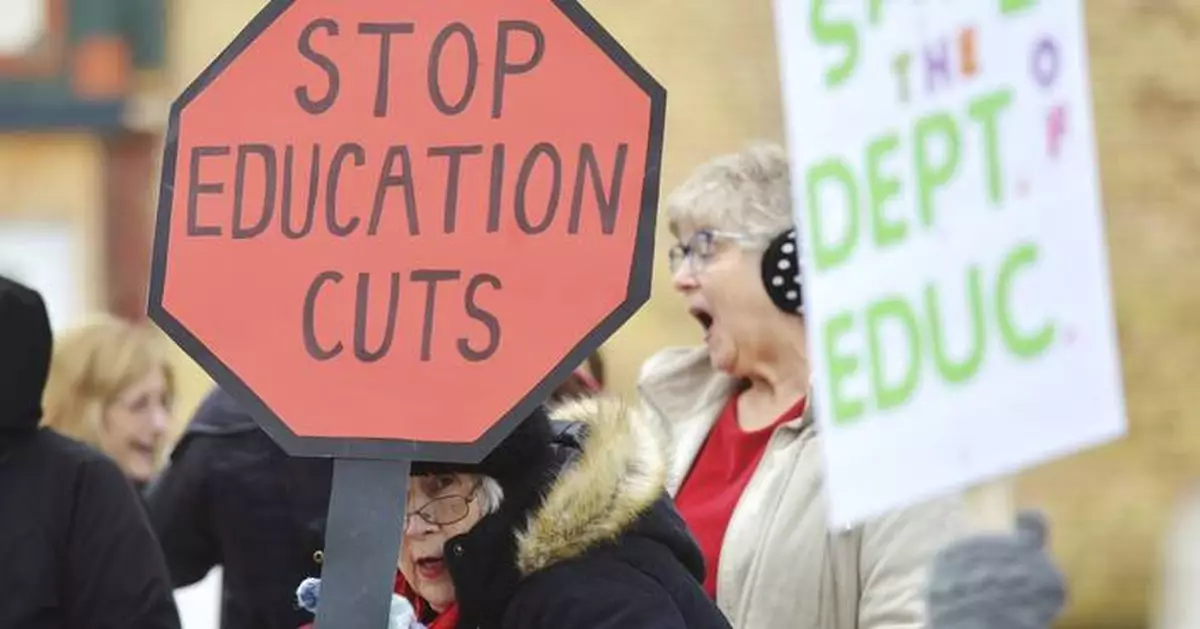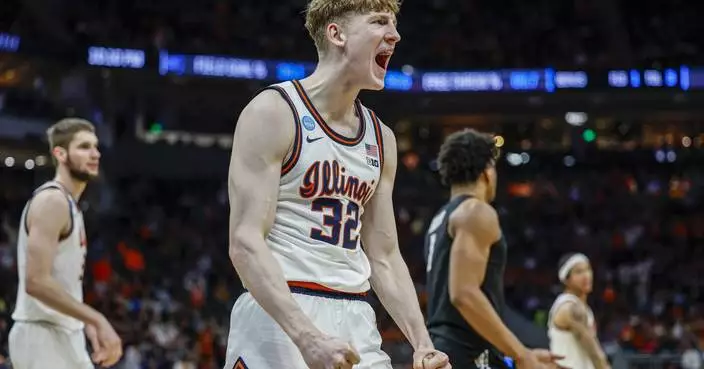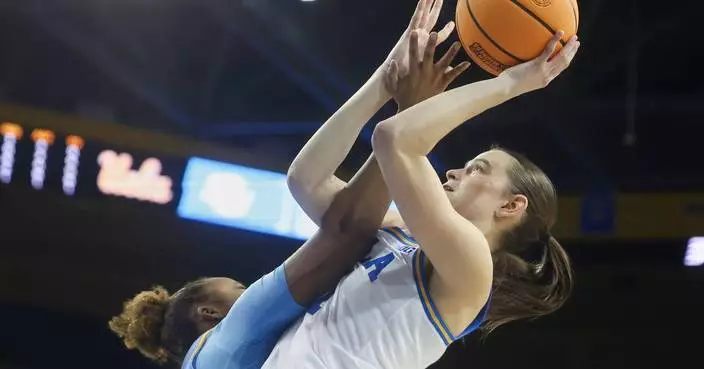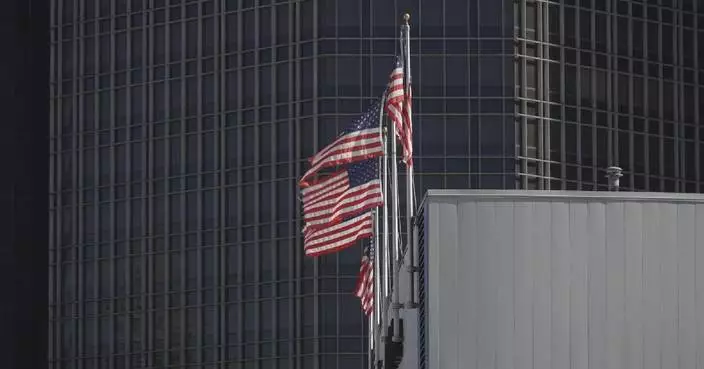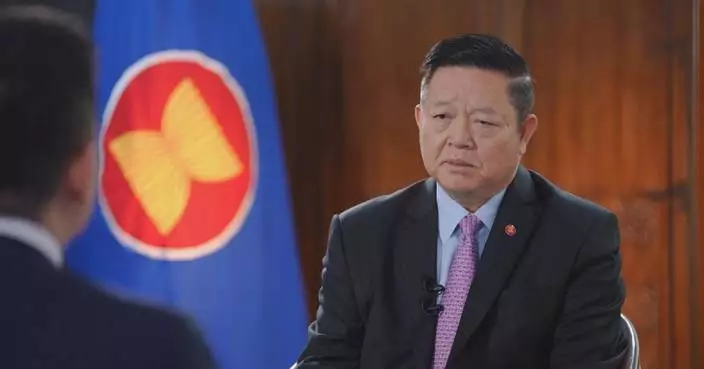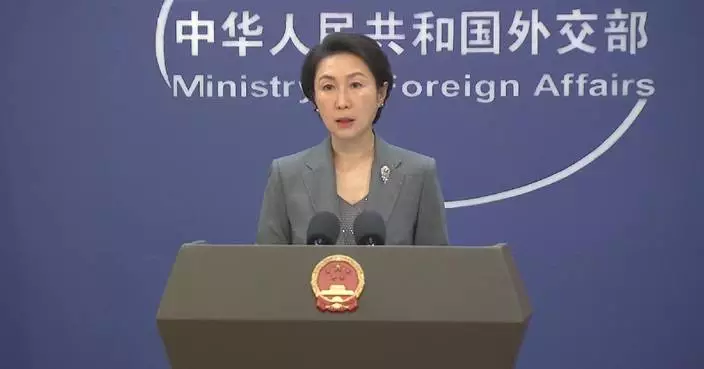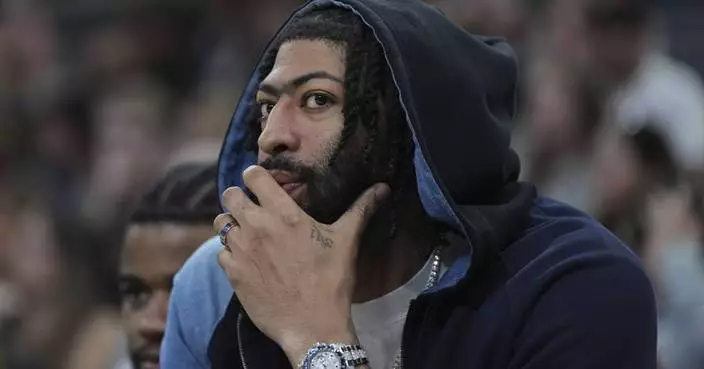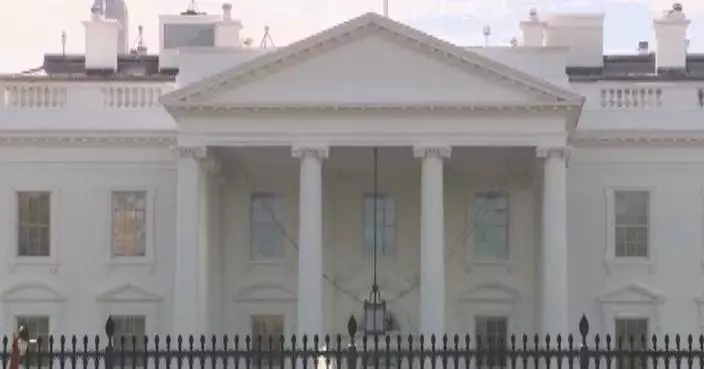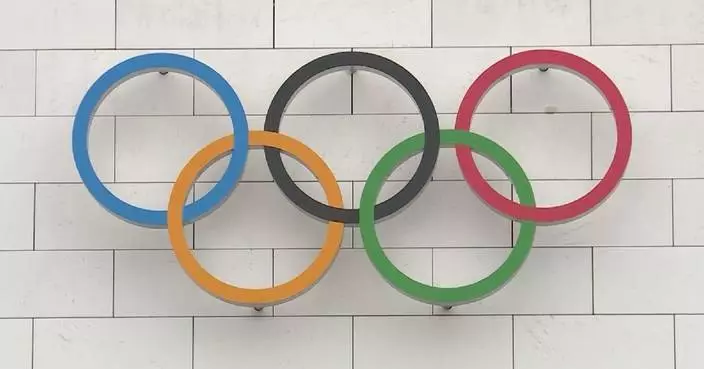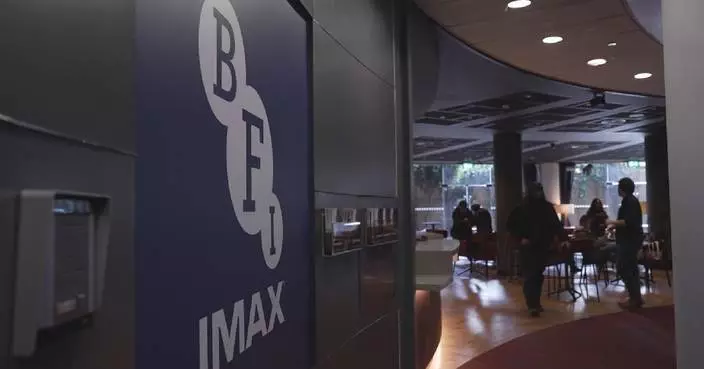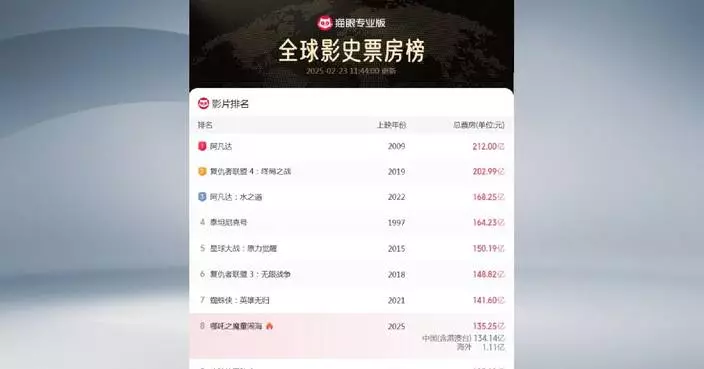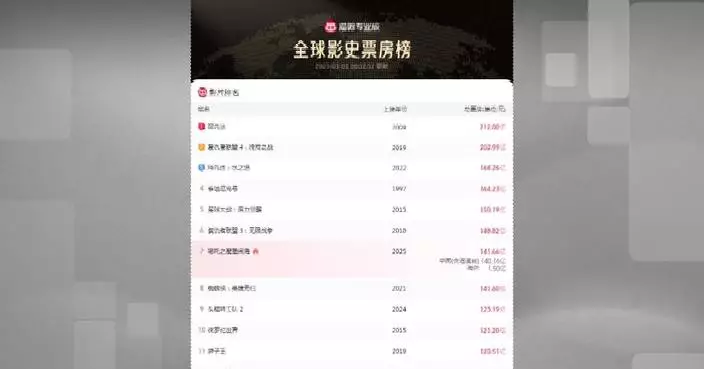As the Trump administration moves to dismantle the Education Department, officials have suggested other agencies could take over its major responsibilities: civil rights enforcement to the Justice Department, perhaps; student loans to Treasury or Commerce; oversight of student disability rights to Health and Human Services.
Less clear is what could happen with a more lofty part of its mission — promoting equal access for students in an American education system that is fundamentally unequal.
Trump on Thursday signed an executive order calling for a plan to eliminate the department. In recent weeks, his administration already had been overhauling the department, cutting the workforce in half at an agency he has called wasteful and infiltrated by leftists.
Without the department, advocates worry the federal government would not look out in the same way for poor students, those still learning English, disabled students and racial and ethnic minorities.
“Gutting the agency that is charged to ensure equal access to education for every child is only going to create an underclass of students,” said Weadé James, senior director of K-12 education policy for the Center for American Progress, a think tank that advocates for racial equity policies and increased investment in public schools.
The equity goal of the Education Department, which was created by Congress in 1979, emerged partly from the anti-poverty and civil rights movements of the 1960s and 1970s. The act creating the department described its mission, in part, as: “To strengthen the Federal commitment to ensuring access to equal educational opportunity for every individual.”
If new Education Secretary Linda McMahon really does work herself “out of a job,” as Trump has said he wants, the government will lose a bully pulpit to draw attention to the nation’s challenges and evangelize solutions, said Michael Petrilli, president of the Thomas B. Fordham Institute, an education think tank that advocates for more rigorous academic standards and accountability for public schools.
But Petrilli doubts that significantly paring back the department — if not completely eliminating it — will be “noticeable in the real world.”
Test scores continue to show many school children are struggling academically. The latest national tests showed one-third of eighth grade students missing fundamental skills in reading, and a widening gap between the highest-performing and lower-performing students. That’s the justification McMahon and other Trump allies have used for dismantling the department and sending its funding directly to states to spend.
Far from perfect, the department has offered a valuable “north star” for schools, said Wil Del Pilar, senior vice president of EdTrust, a Washington, D.C.-based think tank that advocates for educational equity. It is the role of the department to institute guardrails, investments and protections “that support equal outcomes for students,” he said.
Trump has said he wants to return all control of schools to states.
The biggest question for many is what happens to the billions of dollars sent to run public schools every year, such as Title I funding, which supports schools in communities with high concentrations of poverty.
Educating low-income children, students learning English and those with disabilities often costs more because it requires specialized teaching or smaller class sizes. Districts without a strong tax base to fund schools often struggle to meet these students’ needs, which Congress recognized by authorizing the money.
McMahon has said she wants to send the money directly to states, with fewer restrictions. Some have worried that without guardrails or federal oversight, states will use the money to advance their own priorities in ways that potentially entrench inequality.
If the funding is distributed to states as block grants, it’s potentially a “way to defund public education,” said Del Pilar. Block grants allow politicians to “direct funds as they see fit, and that could be away from schools,” he said.
Students in Mississippi, South Dakota, Arkansas, Montana and Alaska could be affected the most if rules or oversight changes for how states spend this money. During the 2021-2022 school year, these states relied on federal aid for at least 20% of school funding, according to government data.
The agency traditionally has worked on behalf of disadvantaged students through its Office for Civil Rights, with an emphasis defending the rights of students with disabilities and students facing harassment tied to their skin color. Under the Trump administration, the agency has prioritized allegations of antisemitism.
While some advocates worry about the pivot in priorities, some attorneys say they had given up on recommending parents pursue complaints with the Office for Civil Rights, which they perceived as understaffed and too slow to provide relief.
Well before Trump was sworn in for a second term, the system moved slowly, but it has now gotten even worse, said A. Kelly Neal, a special education attorney in Macon, Georgia.
“Usually they were a little bit more responsive,” Neal said. “It may not have been the response you wanted. But at least they tried to pretend they were doing something.”
She said she would have no problem if the Department of Justice took on enforcement of these cases.
As part of a crackdown on diversity, equity and inclusion initiatives, the Trump administration last month ended the contract for the Equity Assistance Center-South, a technical assistance program for Southern school districts still operating under federal desegregation orders. Last week, the Southern Education Foundation appealed the decision to cancel its contract to run the center.
The attempt to close these such centers abdicates the government’s responsibility to “help school districts address educational inequities and provide greater education opportunities for our students,” said Raymond Pierce, Southern Education Foundation’s president and chief executive officer.
Associated Press writers Heather Hollingsworth and Chris Megerian contributed to this report.
The Associated Press’ education coverage receives financial support from multiple private foundations. AP is solely responsible for all content. Find AP’s standards for working with philanthropies, a list of supporters and funded coverage areas at AP.org.
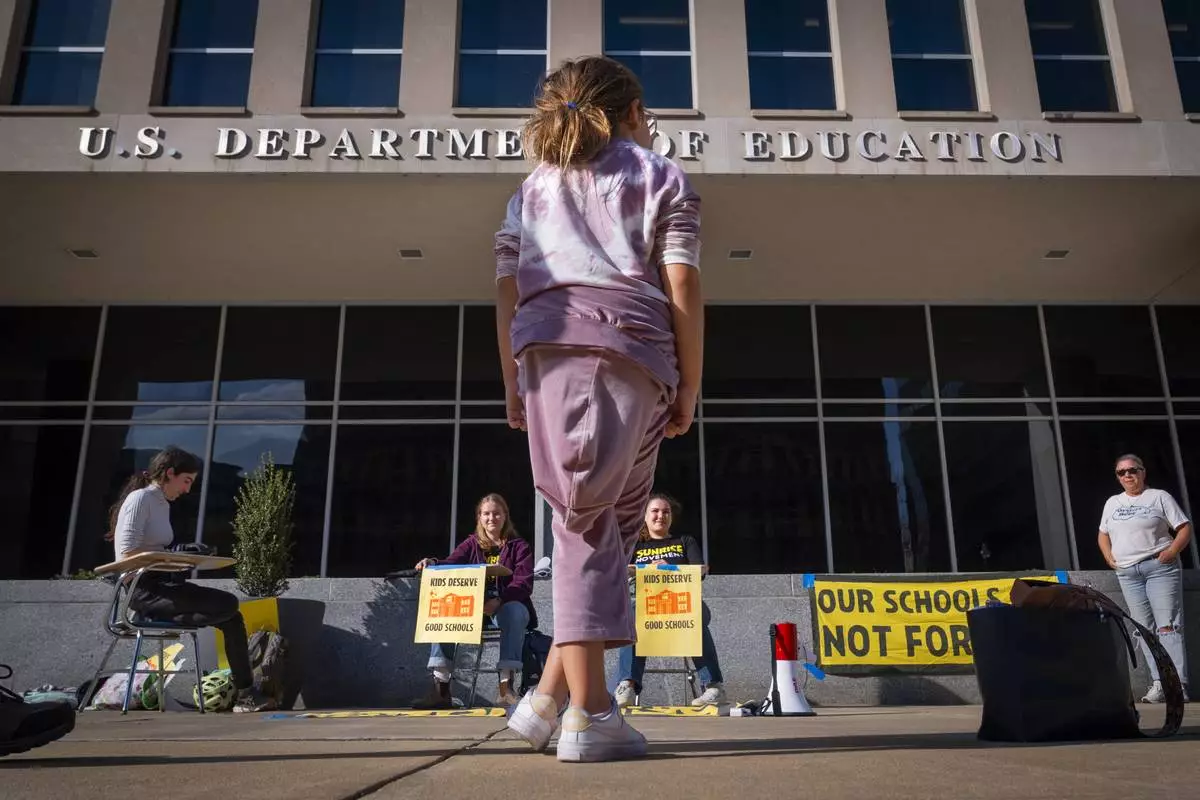
Alejandra Rodriguez, 9, of Key Largo, Fla., watches as college students protest in support of the Department of Education, Thursday, March 20, 2025, outside the department in Washington. (AP Photo/Jacquelyn Martin)

Secretary of Education Linda McMahon listens as President Donald Trump speaks at an education event and executive order signing in the East Room of the White House in Washington, Thursday, March 20, 2025. (AP Photo/Ben Curtis)
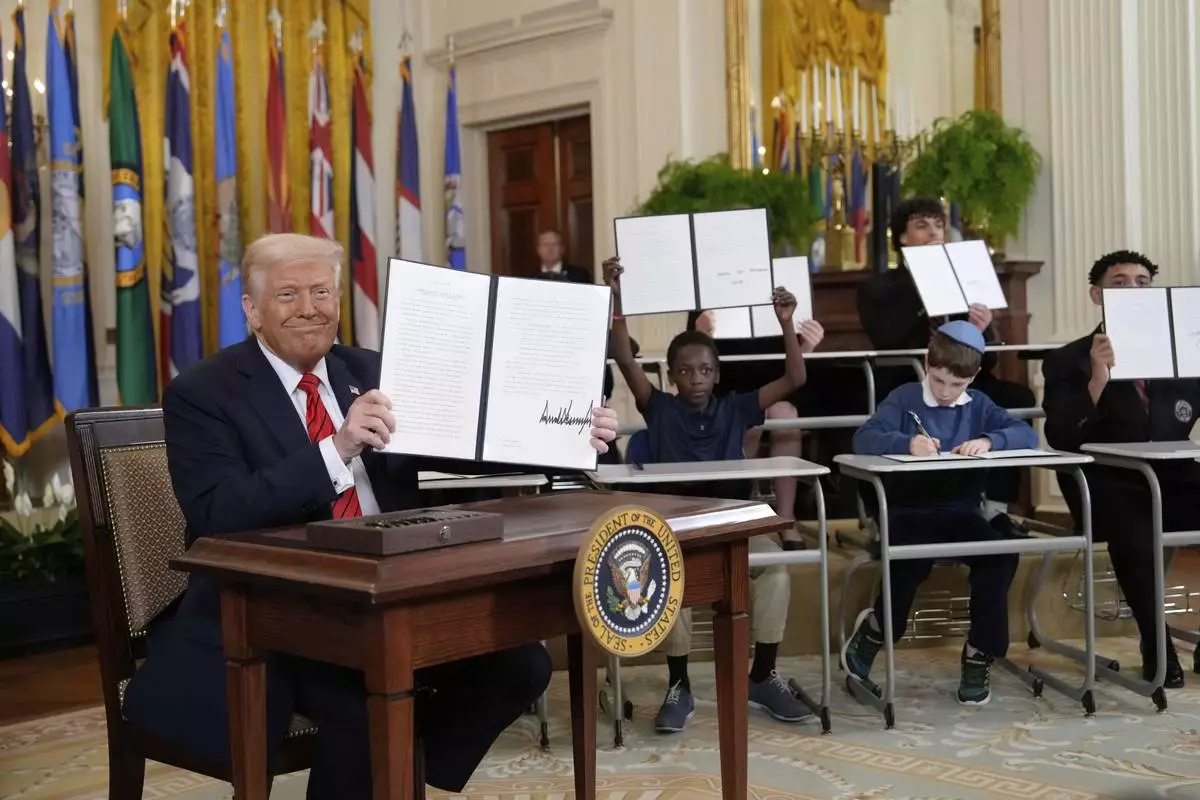
President Donald Trump, left, holds up a signed executive order as young people hold up copies of the executive order they signed at an education event in the East Room of the White House in Washington, Thursday, March 20, 2025. (AP Photo/Ben Curtis)
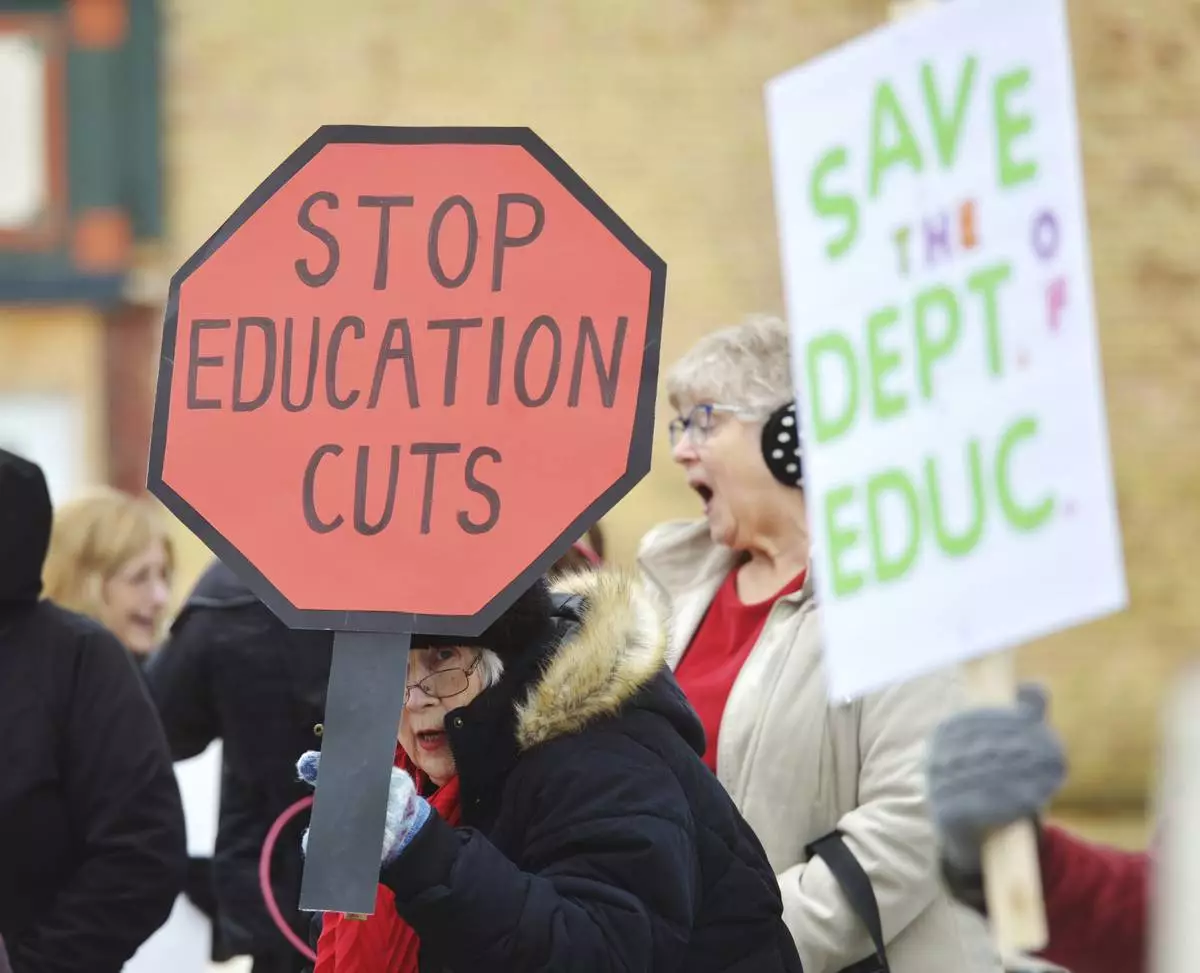
Dozens of people gather in downtown Niles, Mich., Thursday, March 20, 2025, to protest recent government cuts in the Department of Education. (Don Campbell/The Herald-Palladium via AP)


